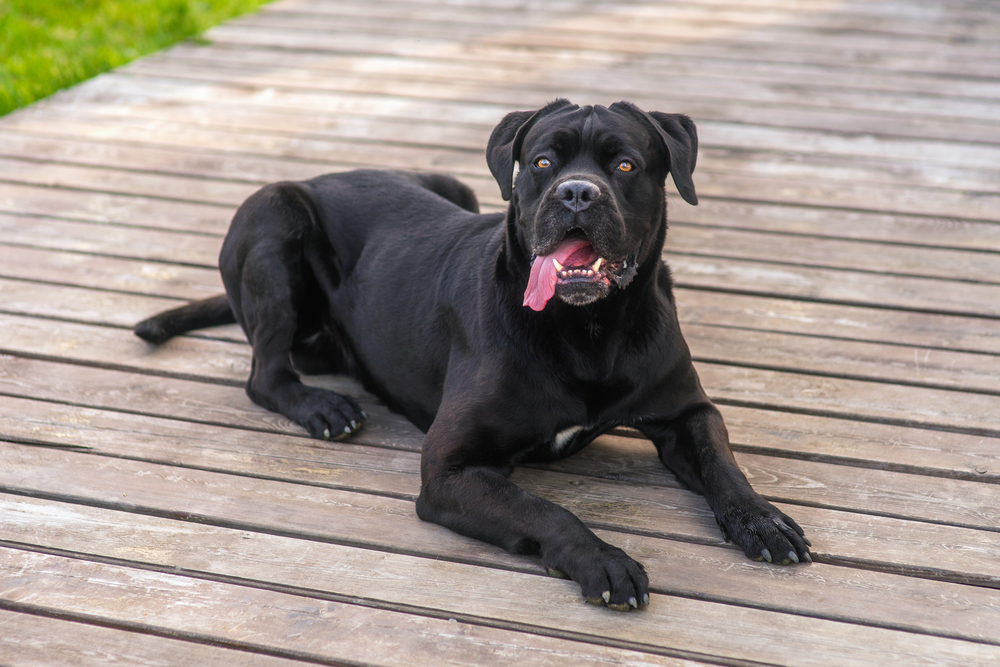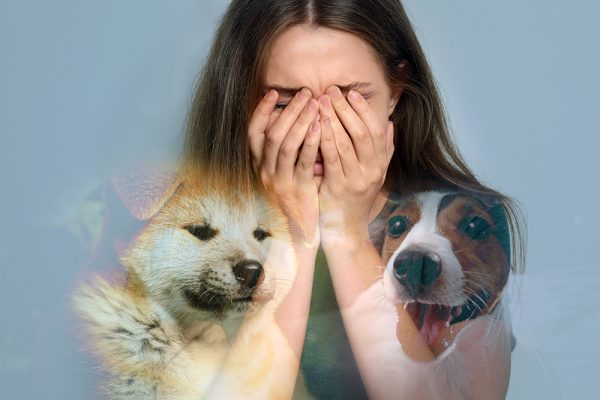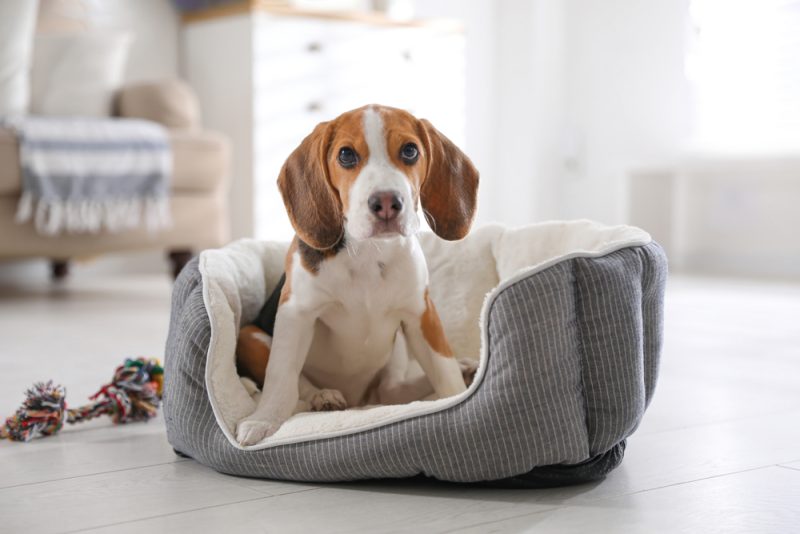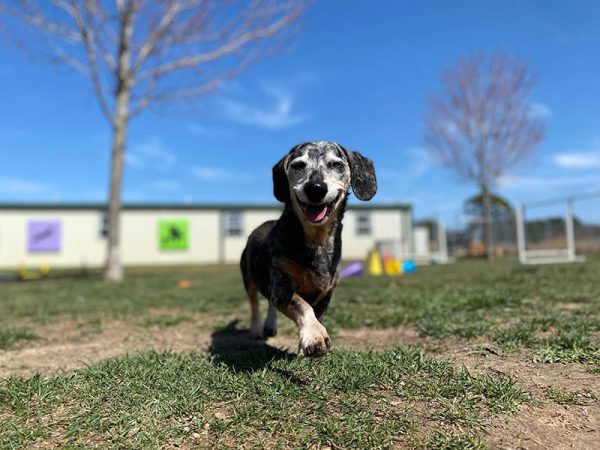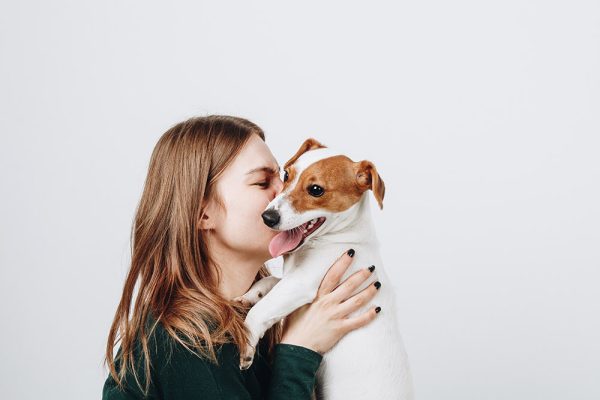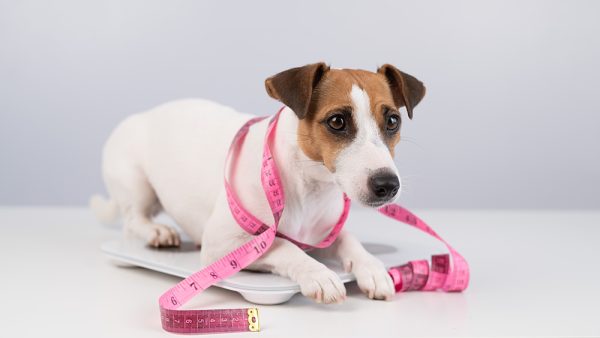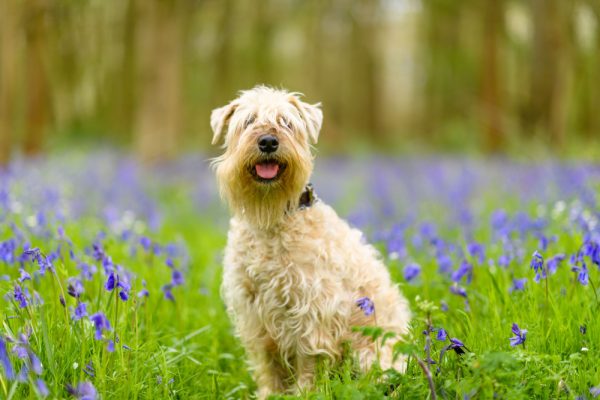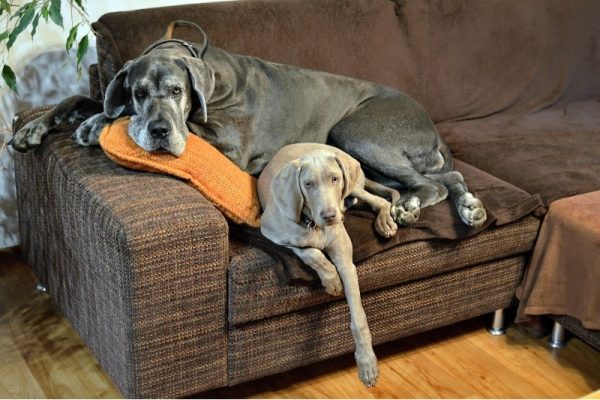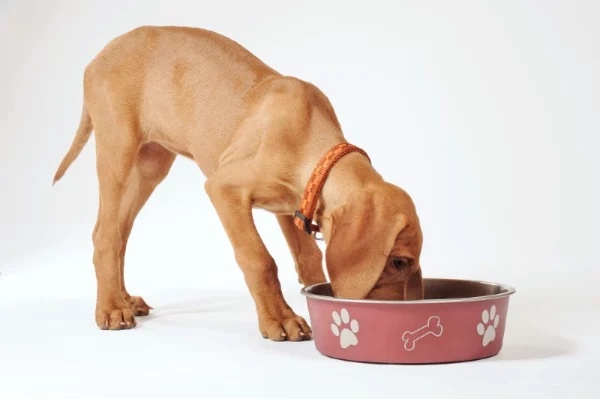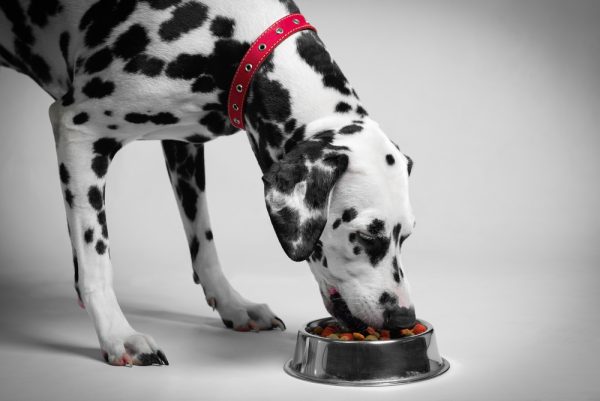In this article
A Cane Corso’s noble background stretches all the way back to ancient Rome where its name, translated to “bodyguard dog,” arose since the breed was used as a fearless protector. The Cane Corso has a massive, muscular body and can weigh up to 125 pounds.
If you stumble upon this Italian mastiff breed, you may notice discrepancies in the Cane Corso’s size and growth charts. Even the AKC needs more guidance for this stocky breed, only offering proportional height and heaviness, which begs the question: How big do Cane Corsos get?
In this article, you’ll learn the size and growth information for the Cane Corso mastiff, which includes how much weight they gain as they grow.

Cane Corso Size and Growth Chart

| Age | Weight Range | Length Range |
| 1 month | 20 to 28 pounds | 8 to 11 inches |
| 2 months | 30 to 36 pounds | 12 to 15 inches |
| 3 months | 35 to 40 pounds | 14 to 17 inches |
| 4 months | 42 to 46 pounds | 16 to 20 inches |
| 5 months | 60 to 65 pounds | 17 to 25 inches |
| 6 months | 60 to 65 pounds | 21 to 26 inches |
| 7 months | 65 to 70 pounds | 25 to 28 inches |
| 8 months | 70 to 80 pounds | 26 to 28 inches |
| 9 months | 80 to 90 pounds | 26 to 29 inches |
| 10 months | 85 to 95 pounds | 27 to 29 inches |
| 11 months | 90 to 100 pounds | 28 to 29 inches |
| 12 months/1 year | 95 to 115 pounds | 28 to 29 inches |
| 13 months | 98 to 120 pounds | 29 to 30 inches |
| 14 months | 100 to 125 pounds | 29 to 30 inches |
When Does a Cane Corso Stop Growing?
A Cane Corso takes a while to reach its full weight, a characteristic of all large dogs. Your dog may take a year to achieve maximum weight, or 2 years, depending on individual factors, and there needs to be a consensus on when this breed will stop growing.
Some Cane Corsos will reach the upper point of their growth chart at around 18 months or near their second birthday. However, others will continue growing after this even as their counterparts stay the same size, especially if they’re taller than the average 28 inches.
There are also variances in growth rates between male and female Cane Corsos, as the latter tends to be heavier than the former. But both sexes will stop growing from about 19 months of age, although they may put on more weight, up to 120 pounds on the higher end, especially if they aren’t very active.


Factors Affecting the Cane Corso’s Size
A responsible breeder will only allow you to take home a puppy at least 8 to 12 weeks old if you’re buying a Cane Corso. That’s because, younger than that, the pup still depends on the mother for nutrition and shouldn’t be taken away.
Several factors that will affect how a Cane Corso pup grows and the weight or height they’ll eventually achieve include:
Genetics
According to Cane Corso breed standards, males and females reach a height of between 26 and 27.5 inches with proportional weight. Genetics play a crucial role in the eventual size of this dog, and you can gauge a puppy’s parents for a somewhat realistic estimate.
However, the unpredictability is that genes passed down through generations can be affected by inbreeding and target breeding. That’s where breeders of purebred Cane Corsos try to beat the set standards to produce sizes that go beyond average growth charts.
Nutrition
Cane Corso development is either hampered or improved by a balanced diet. Nutrients like vitamins, fats, and proteins must be abundant in this breed’s food, especially for puppies and young adults.
As a Cane Corso owner, ensure that commercial feed for your dog meets the standards of AAFCO (the Association of American Feed Control Officials). That’s so you can ascertain the nutritional profile for this large breed’s needs to keep their growth and development on the right track.
Besides inhibiting growth, adult size, and weight, poor nutrition will lead to serious health concerns within a Cane Corso’s lifespan. Speak to a veterinarian for advice on proper food and nutrients.
If you need to speak with a vet but can't get to one, head over to PangoVet. It's an online service where you can talk to a vet online and get the personalized advice you need for your pet — all at an affordable price!


Ideal Diet for Maintaining a Healthy Weight
It’s essential that you’re feeding your Cane Corso a diet that’s appropriate to their age, activity level, and size for excellent health. That’s especially crucial when your dog is switching from a puppy diet to an adult one – optimal meal plans must meet its dietary requirements.
Besides commercial offerings like dry kibble and freeze-dried, canned, and fresh food options, some Cane Corso owners also supplement with homemade feed. Regardless of your choice, ensure a balance in nutrition and avoid overfeeding your dog. Most importantly, ensure they’re exercising and weigh them regularly.
How to Measure Your Cane Corso
Have your dog stand straight with legs perpendicular to the floor and keep their front feet and shoulders apart. As they maintain a square stance with all four limbs evenly spaced, use a tape measure to get the Cane Corso’s height at the withers or the highest shoulder blade point to find your dog’s height from its paws.
Check their weight by placing them on a size-appropriate scale with their entire body evenly distributed for accurate results.


Facts About Cane Corso Dogs
The Cane Corso is recognized by the AKC or American Kennel Club, for which its official standard includes the acceptable structure, size, and colors.
However, several facts about Cane Corsos stand out.
1. Cane Corsos Were Bred From an Extinct Greek Dog
Ancestors for the modern-day Cane Corso, related to the Neapolitan Mastiff, include the Greek Molossus dog, which is currently extinct. During the Roman conquest of the Greek Islands, legionnaires brought these dogs back to Italy, who later bred them with local canines.
The advent of two world wars and changing sharecropping practices saw the Cane Corso’s population dwindling, and it nearly went extinct in the first part of the 20th century. Later, conservational breeding efforts revived the breed in Italy during the 1980s, and the dog soon found its way to the US during that decade.
2. Cane Corsos Are a Highly Intelligent Breed
The high intelligence of the Cane Corso is underlined by streaks of assertiveness and fierce independence, where this dog will push you to test how far they can get away with. It’s one of the reasons the breed needs a firm but committed owner to train and care for it properly.
A Cane Corso owner should maintain a consistent “nothing is for free” policy to ensure the dog knows to follow commands before receiving a reward such as a treat.

3. Cane Corsos Excel at Hunting
Whether as a hunter or hunter-assistant, the Cane Corso’s powerful bite, significant size, fast speed, and muscular stature come together to take down prey easily. In the forests of Italy and Greece, these dogs were used to hunt wild game in the distant past and were also acquired by wealthy families as hunting companions.
A Cane Corso won’t simply track or point to game, but actively hunts to take down deer, wild boar, and various types of birds.

Conclusion
The Cane Corso is a majestic dog breed with a long history. It is muscular and large-bodied breed, a full grown Cane Corso can reach large-dog status with weights over 100 pounds, and between 25 and 29 inches tall. Males are larger and bulkier than females.
Cane Corsos features incredible strength, intelligence, and physical acuity. The breed is renowned for its protective nature, fearlessness, and impressive size, having been used as war dogs, farmhands, and hunters.
See also:
- Best Cane Corso Collars: Reviews & Top Picks
- Will a Cane Corso Be Good with My Cat? Socialization & Training Tips
- Cane Corso Price: How Much Do They Cost?
Featured Image Credit: katenadm, Shutterstock
